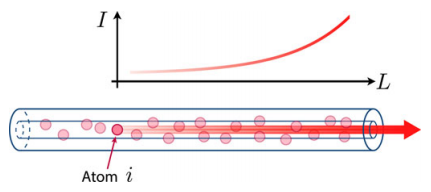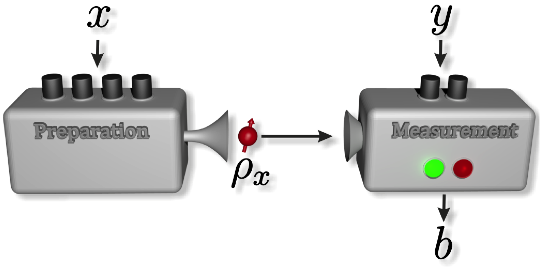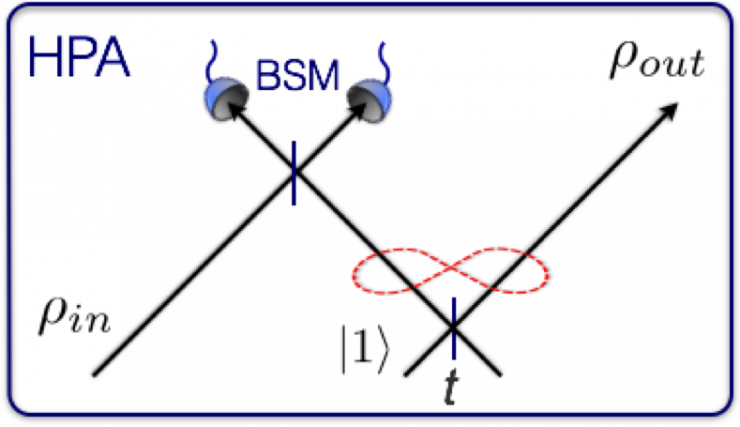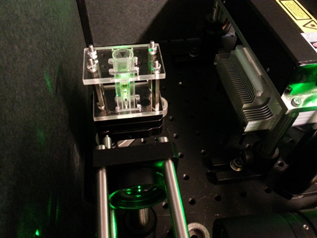News

Jan 21, 2016, 3:00 PM
Our paper on the high-speed - 1.25Gbps - generation of quantum random numbers is out in the Journal of Lightwave Technology. The entropy source is based on an amplified spontaneous emission from an erbium-doped fibre, which is directly acquired using a standard small form-factor pluggable module. The module connects to the field programmable gate array (FPGA) of a QKD system. A real-time randomness extractor is implemented in the FPGA, and achieves a sustained rate of 1.25 Gb/s of provably…

Jan 21, 2016, 1:00 PM
The generation of random numbers is a task of paramount importance in modern science. A central problem for both classical and quantum randomness generation is to estimate the entropy of the data generated by a given device. in our recent paper in Physical Review Letters we present a protocol for self-testing quantum random number generation, in which the user can monitor the entropy in real time. Based on a few general assumptions, our protocol guarantees continuous generation of high

Jan 20, 2016, 1:00 PM
We have a new paper out in Optics Express on our teleportation-based “heralded photon amplification” work. We demonstrate post-selection free heralded qubit amplification for Time-Bin qubits and single photon states in an all-fibre, telecom wavelength, scheme that highlights the simplicity, stability and potential for fully integrated photonic solutions. This provides a significant advance towards demonstrating device-independent quantum key distribution as well as fundamental tests of quantum…

Jan 1, 2016, 9:00 AM
Photodynamic therapy (PDT) is a recent technique that can help the treatment of various medical conditions, from skin and prostate cancer to certain bacterial infection. In our recent paper on Biomedical Optics Express we demonstrated that using a practical and efficient InGaAs/InP single-photon detector we developed, we are able to detect the faint luminescence signal ( at 1270 nm) from the decay of singlet-oxygen, the active molecule involved in PDT. This helped quantify the amount of…